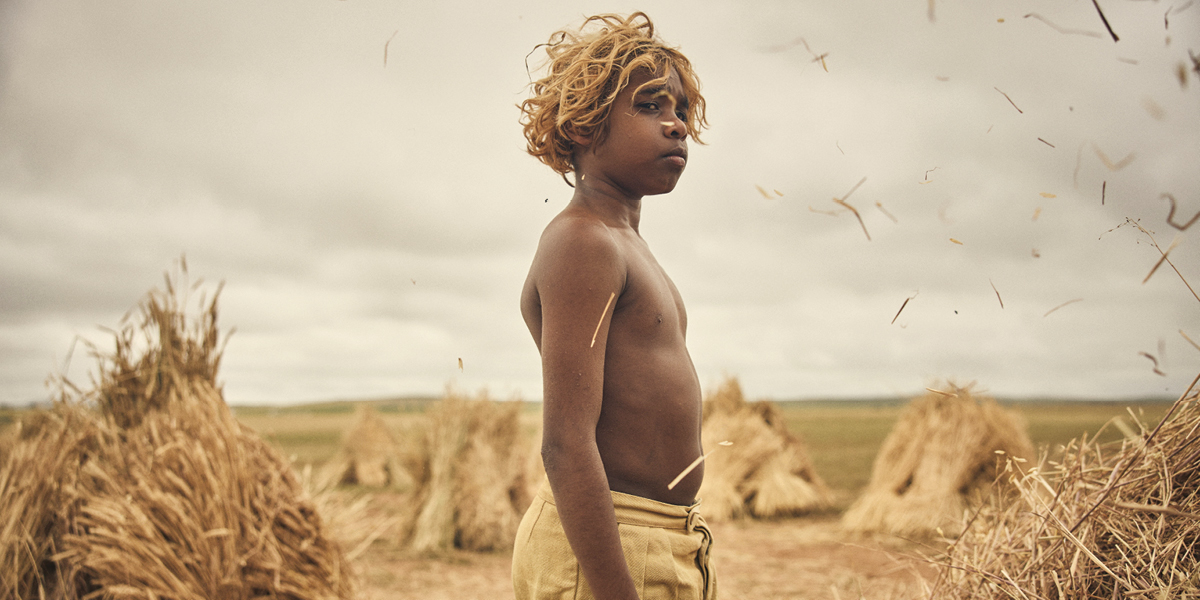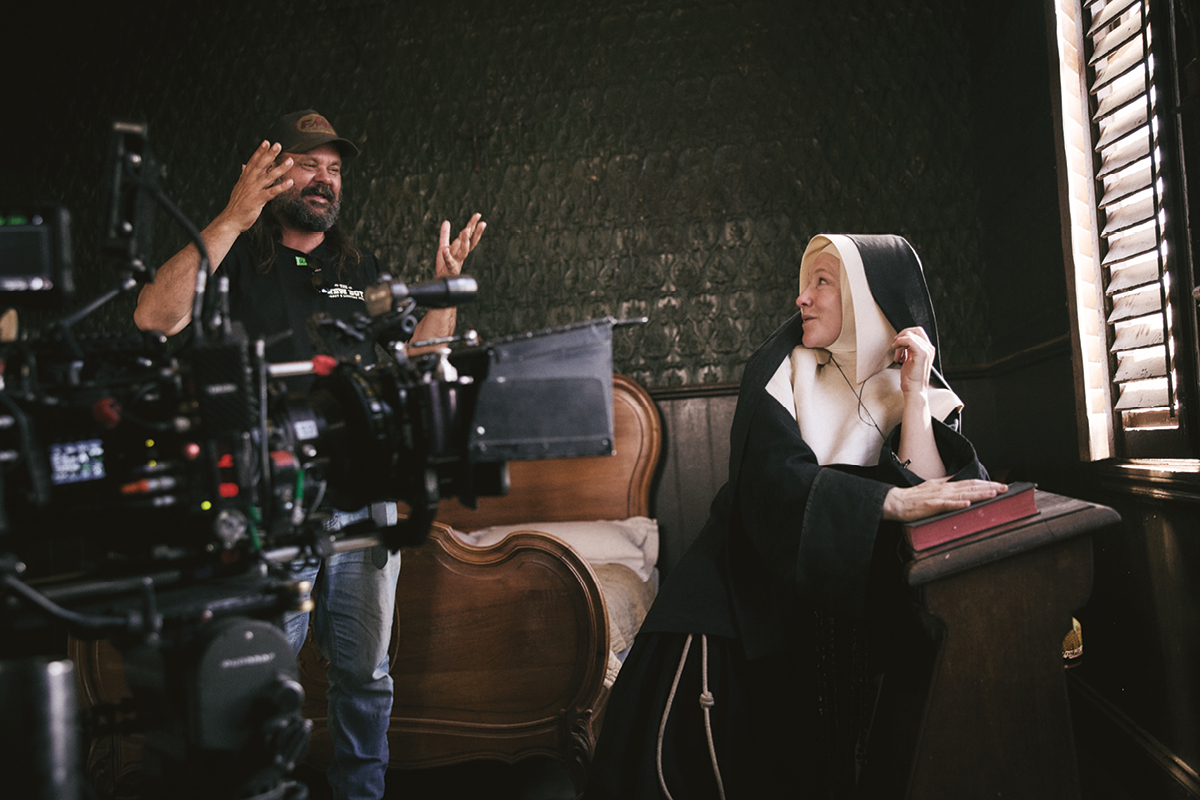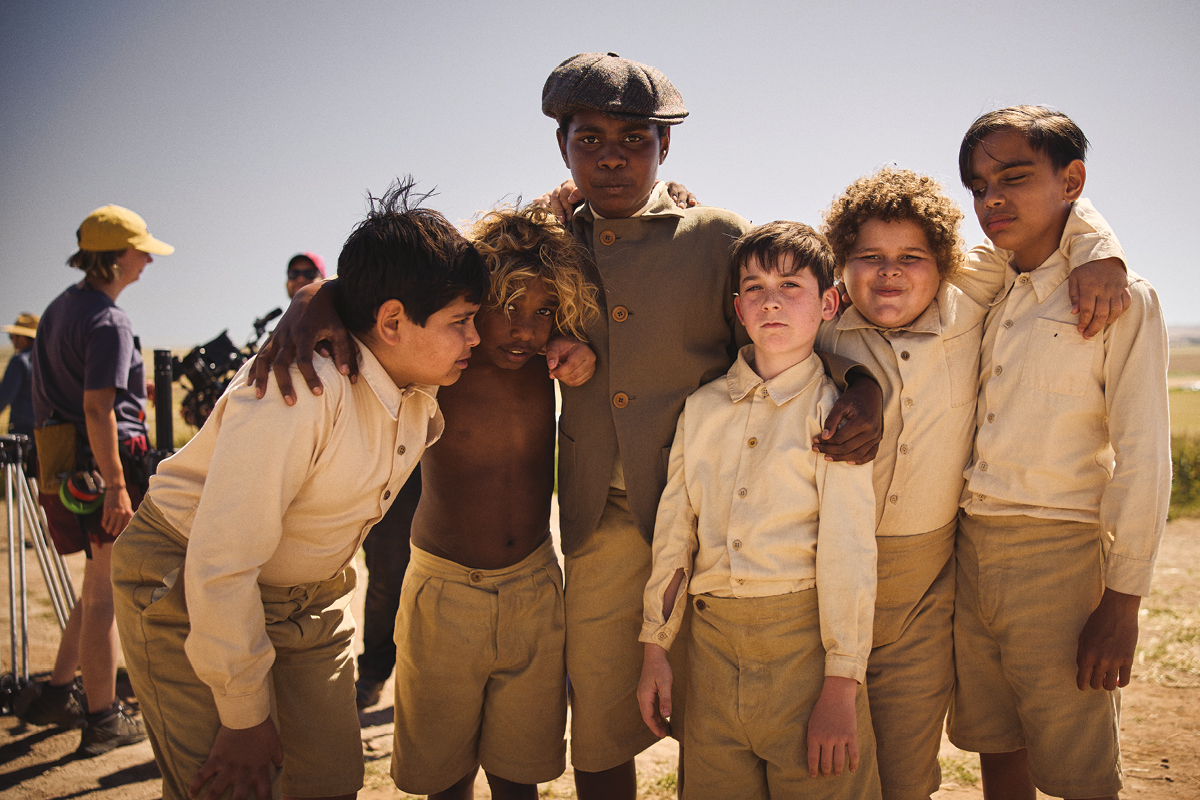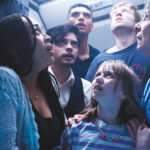
The New Boy
Posted on Apr 13, 2024 by Samara Husbands
Keeping the faith
Australian filmmaker Warwick Thornton describes writing, directing and shooting his latest project The New Boy
Words Katie Kasperson Images Ben King
It’s fairly common for writers to direct their own films – less so for them to be the one behind the camera.
For The New Boy, Warwick Thornton was an everyman, acting as the writer, director and cinematographer.
“I’m originally a DOP but wasn’t getting much work, so I decided to start writing movies I would like to shoot – with no thought of directing,” admits Thornton. When his scripts started drumming up interest from investors, he was asked to take the lead. “‘I’m not a director, I’m a cinematographer, and my life plan is to be a great one’,” Thornton told people. But to get the funding he needed, he stepped into new shoes.
Thornton wrote his first draft of The New Boy almost 20 years ago.
A coming-of-age story not wholly unlike his own, the film follows a nameless Aboriginal boy (played by Aswan Reid) who has been sent to a remote Australian monastery.
At first, our title character doesn’t fit in, refusing to wear clothes or use cutlery – as well as possessing supernatural powers – but eventually is accepted by the other Indigenous orphans.
After the monastery receives a statue of Jesus on the cross, the boy’s behaviour becomes strange and he loses his gift.
Thornton – who is Aboriginal himself and attended a Catholic school – recalls his own fascination with a Jesus figure like the one which transfixes the boy. This image was the film’s initial inspiration.
“I don’t come from that wheat field, Days of Heaven stuff. I come from a red dirt, dustbowl kind of world,” Thornton explains. “It’s two-and-a-half hours from where I live to Sydney. I do so much post-production in Sydney, but I’d rather drive for three days than fly for three hours.
“I’m not from The New Boy’s landscape,” he continues, “and never went through the forties or the war. But every time I drive through that piece of country in South Australia – Burra, where we shot the film – I have these emotions.”
A cinematographer at heart, Thornton has a visual imagination. “Driving through the landscape would suddenly conjure up scenes and images of steam tractors and that vintage, amazing world during a really bad time for the planet.” These images began to inform a more singular idea for a script. “I don’t know if it’s called cheating, but because I’m writing it and know I’m going to shoot it…” he trails off. “As a DOP, you’ve been given a script and it might have a murmur or mention of a location or climate. Between you and the director, you go on this discovery. That’s all done before I write the first word; it’s my discovery.”
A traditionalist, Thornton prefers practical filmmaking techniques over computerisation or virtual production. “I’m a firm believer in in-camera,” he states. “I grew up with glass plates in front of cameras – and you actually painted them. Although CGI was around, it was simply unaffordable for the kind of films I was making.”
Despite the modern technology at his disposal, Thornton wanted to continue using practical effects – but there were times when this proved impossible. “For the hill where we built the monastery, I probably chose that location about five years ago. Building it on that hill, if you looked out every window, you would have rolling fields and everything. Between the year I’d chosen it and the year we made it, 150 wind turbines were put up.
“We had to paint out these wind turbines, which were visible on every bloody horizon!” Thornton laughs. “It’s just sad, having to do that. I wanted to shoot everything in-camera, but there’s a point where you can’t.”
Thornton managed to create an organic lens flare for the scenes featuring the new boy’s ‘light’ – an illuminated orb which is a product of his powers. “We employed vintage anamorphic C Series Panavision lenses on the shoot. Vintage lenses – I love them. Every time you use them, they have a different trait. If you do enough tests, you can find out when they cause trouble.
“To create the flare, we got a little peanut bulb on a stick,” says Thornton. “Aswan needed something to react to. I couldn’t say, ‘Imagine there’s this little glowing, Tinkerbell bloody thing in front of you, and you’re going to watch it fly around.’ He’s a first-time actor; that’s a big ask. It was important to create a luminous element for him to react to and have dialogue with. We needed something physical.
“We tested LEDs, diodes – all that,” he continues, “but at around 12ft away, that little five-cent light bulb would create the greatest lens flare ever. Testing, testing, testing, you know what I mean?”
Thornton’s commitment to the craft hasn’t been overlooked. His work on The New Boy earned him a Golden Frog at last year’s CAMERIMAGE.
This feature was first published in the April 2024 issue of Definition.











